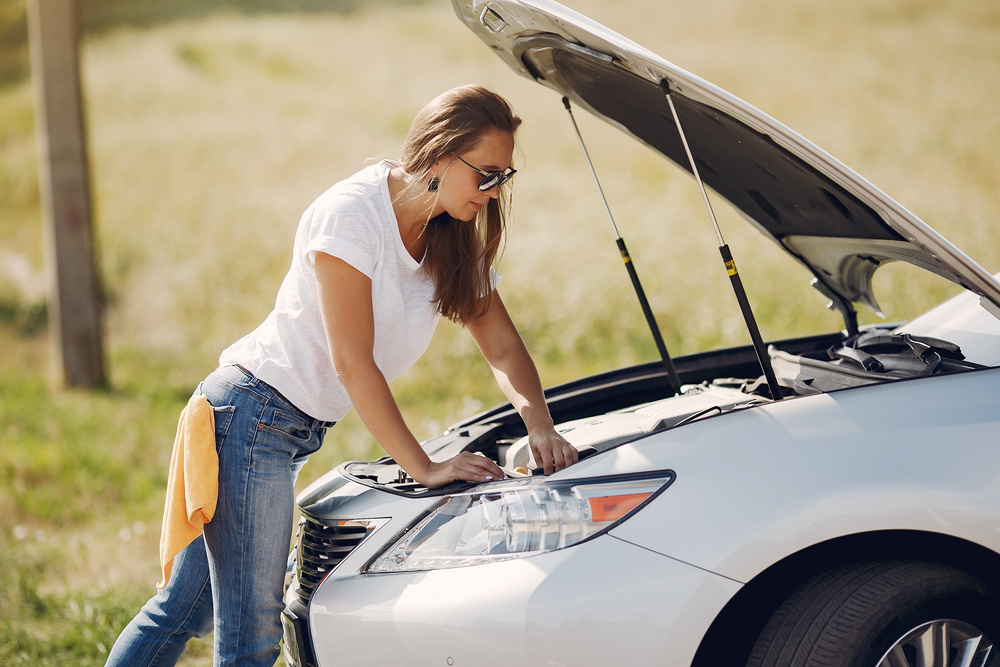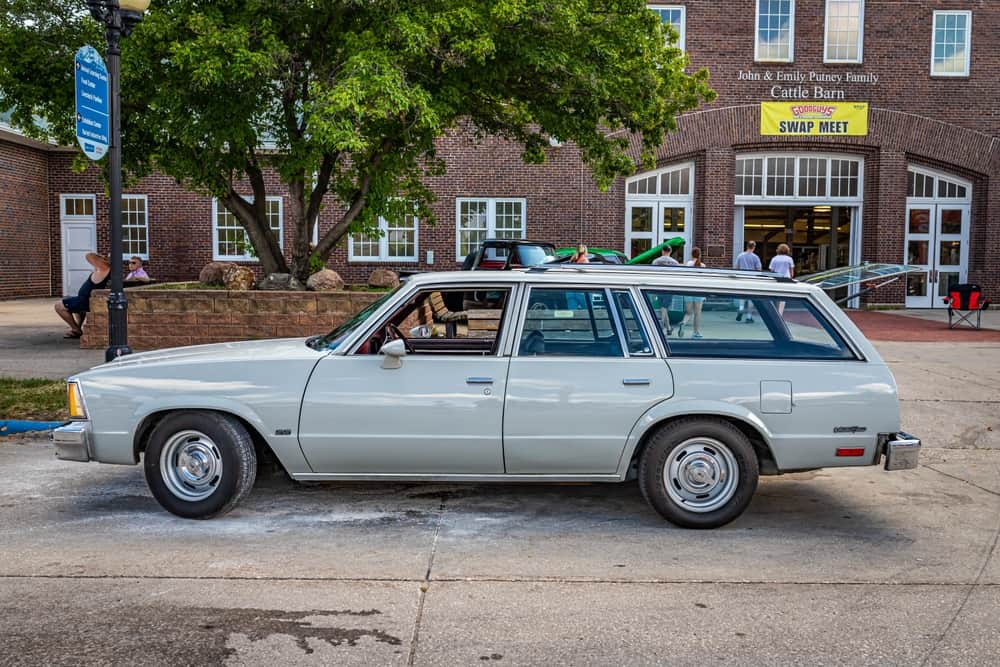8 Tips for Buying a Used Car
When you’re in the market for a car, the first decision to make is whether to buy new or used. While there are good reasons to buy a brand new car, there are plenty of advantages to buying used, too. Price is at the top of the list for most people. Upgrading to a higher-end car than you could afford new is a great reason as well. If you’ve decided to go used, here are 8 tips for buying a used car.
1. Decide on a Budget
This is a critical first step in buying a used car. If you’ll be financing your car, a good rule of thumb is 20% of your after-tax income. While this is a good guideline for most people, it’s best to think of this as your maximum. There may be good reason to go a bit lower. The older the car, the more likely it is that it’ll require additional maintenance. Include anticipated repairs in your budget too.
2. Decide Which Models You’ll Consider
There are several websites that will help you narrow down your choices before you even begin looking at car buying sites. Go to your favorite search engine and search for “best used cars under (your budget)” and you’ll probably find several lists. Look at a few of these lists and see which cars appeal to you most. You’re not making a car buying decision yet, you’re just narrowing down your options.
To narrow this list down further, start looking at reviews of the specific models you liked. Edmunds and Consumer Reports are good places to look, as well as Car and Driver and Motor Trend. You can also go back to your preferred search engine and type in, for example, “2015 Honda Civic review.” Narrow your list to about 3-4 choices, based on the used car reviews you’ve read.
3. Get Prices for Your Area
It’s not time to find a car just yet. You have an idea of what the models of used cars you’re considering should cost, and now you want to find out what people are paying in your area. Start your used car search online. Check sites like Craigslist and Auto Trader. Search for “used cars (your city)” online. Check Kelley Blue Book. And once more, Edmunds is a great resource – you can find the average price for specific models in your area. You should check the ads in your local newspaper, too.
4. Search for Cars
Now begins the real used car search. Start with the same places you looked for prices. You may have already spotted a few cars of interest. Try to find at least one of each of the models you’re considering, if possible.
While you’re looking at ads, find out as much as you can about each contender from the ads themselves. Details you want to know are mileage, included options, “trim level,” VIN number, and condition. Get as much of this information as you can before the next step.
5. Get a Vehicle History Report
This is one of the most important used car buying tips; in fact, I’d call it essential. It’s one of the best things that’s come along for everyone looking to buy used cars and can really save you from ending up with a “lemon.” Carfax and AutoCheck are two places to check, though there are others. You’ll need the VIN in order to get the report, so if you didn’t get it already, call the seller.
6. Call the Sellers
You don’t want to drive all over town if you don’t have to. Call up the sellers of the cars on your list, fill in any details you couldn’t get yet, and confirm what you read in the ad. Now’s a good time to ask any questions that you haven’t already found out, or to ask about any negatives you saw in the vehicle report. Ask for details about the condition. Find out if anything important was not mentioned in the ad. If everything sounds good so far, schedule an appointment for a test drive.
7. Take it for a Drive
You can’t make a reasonable decision without this step. Walk around the car, look for any dings or scratches, look at the condition of the tires, and check under the hood for any obvious signs of leaks. Get in, adjust the seat and mirrors, and see how you feel. Look around the interior and make note of any tears, stains, etc. Look out the windshield, check the mirrors, look over your shoulder out the back window, checking for blind spots or any potential visibility issues.
Now start the car and make sure no warning lights come on. Try out the A/C – is it cold? Test all the lights and the blinkers before you start driving. Then take it for a spin. Leave the radio off for now, so that you can hear any noises. Watch for anything out of the ordinary like smoke from the exhaust. Pay attention to how well the brakes work, and notice if they squeak or make other unexpected noises. Ask questions.
8. Make an Offer
If everything seems good so far, make an offer. You’ve done your research, so you should know what you’re willing to pay for this car, but don’t offer that amount. Start a bit lower, but be reasonable. Use average prices for that car as your guide.
The seller will either accept your offer or reject it with a counteroffer. It’s up to you whether to take the counteroffer or continue negotiating. Remember you can always walk away – you still have other choices. Once you agree on a price, it’s paperwork time. Take your time and make sure you understand everything, and when you’re satisfied, sign and hand over the check – you’re done!
Knowing how to buy a used car is a valuable skill that can save you money and prevent you from buying somebody else’s problem. With these tips, you are ready to find your new-to-you car.
Once you decide on a used car, you’ll need to insure it. USAgencies can help you find cheap car insurance with great coverage. Complete the form at the top of the page to request a free car insurance quote online or give us a call at 800-958-8545 and one of our friendly, knowledgeable insurance advisors will help you choose a policy that fits your needs and budget.



